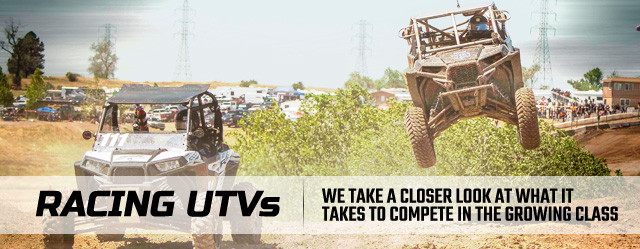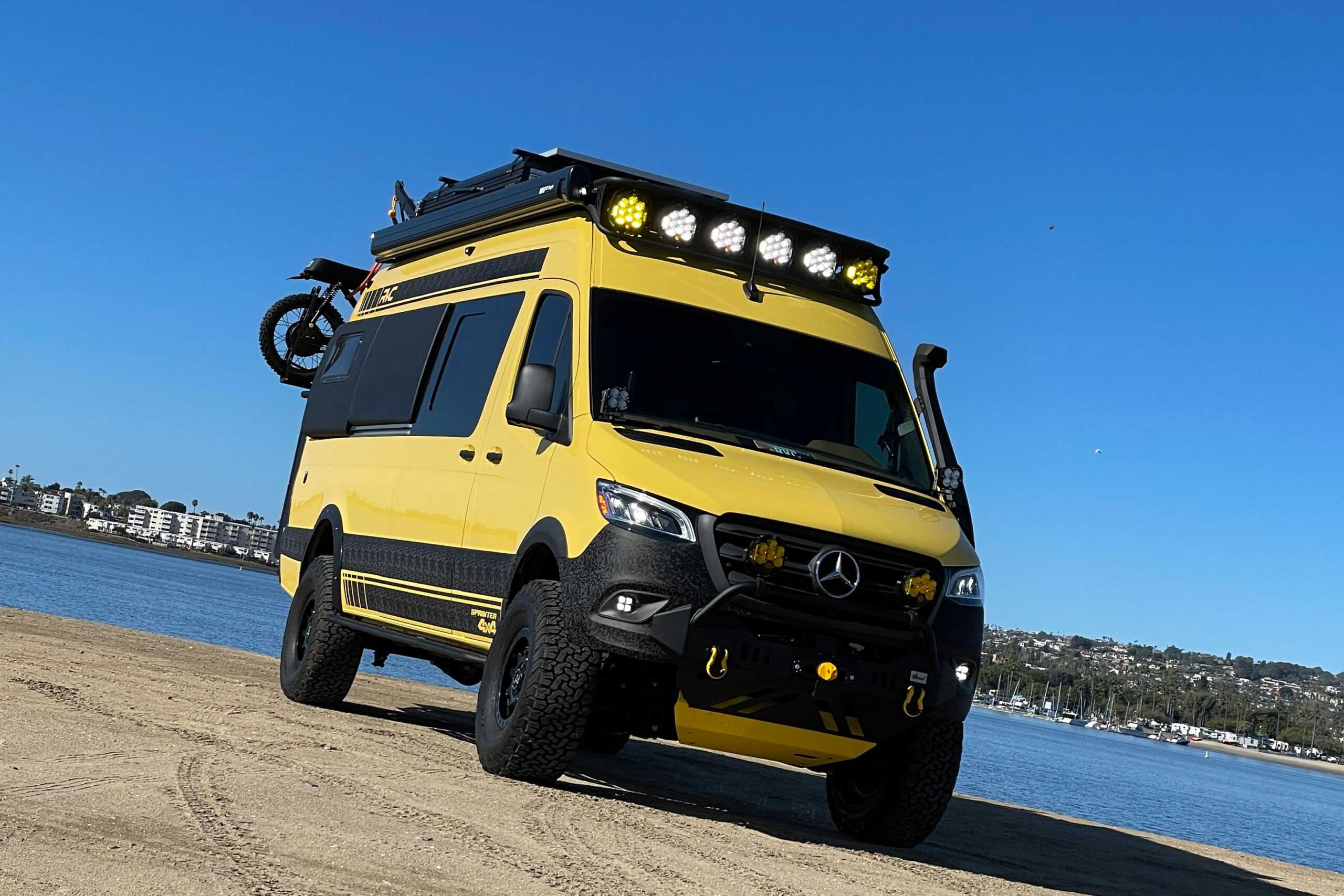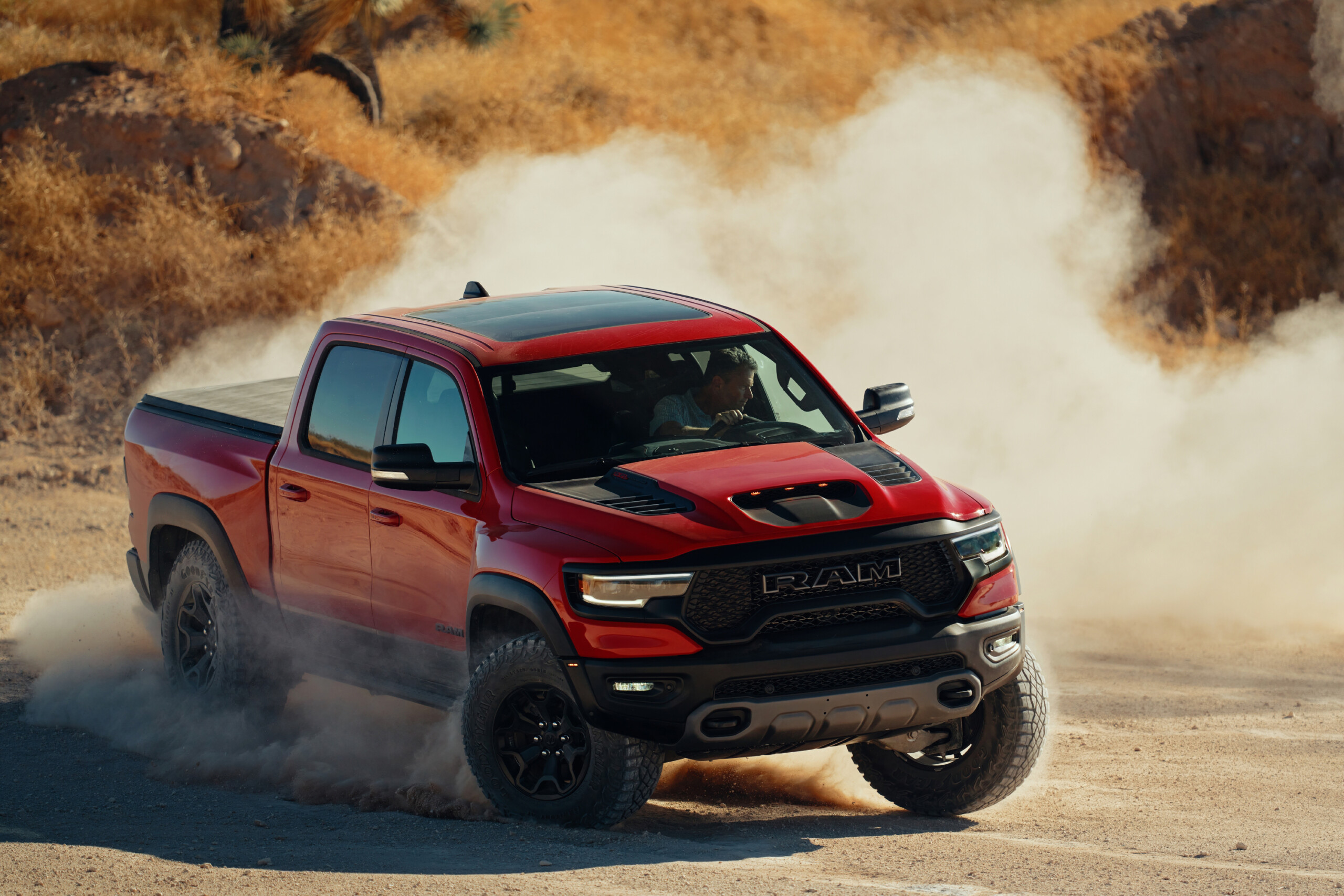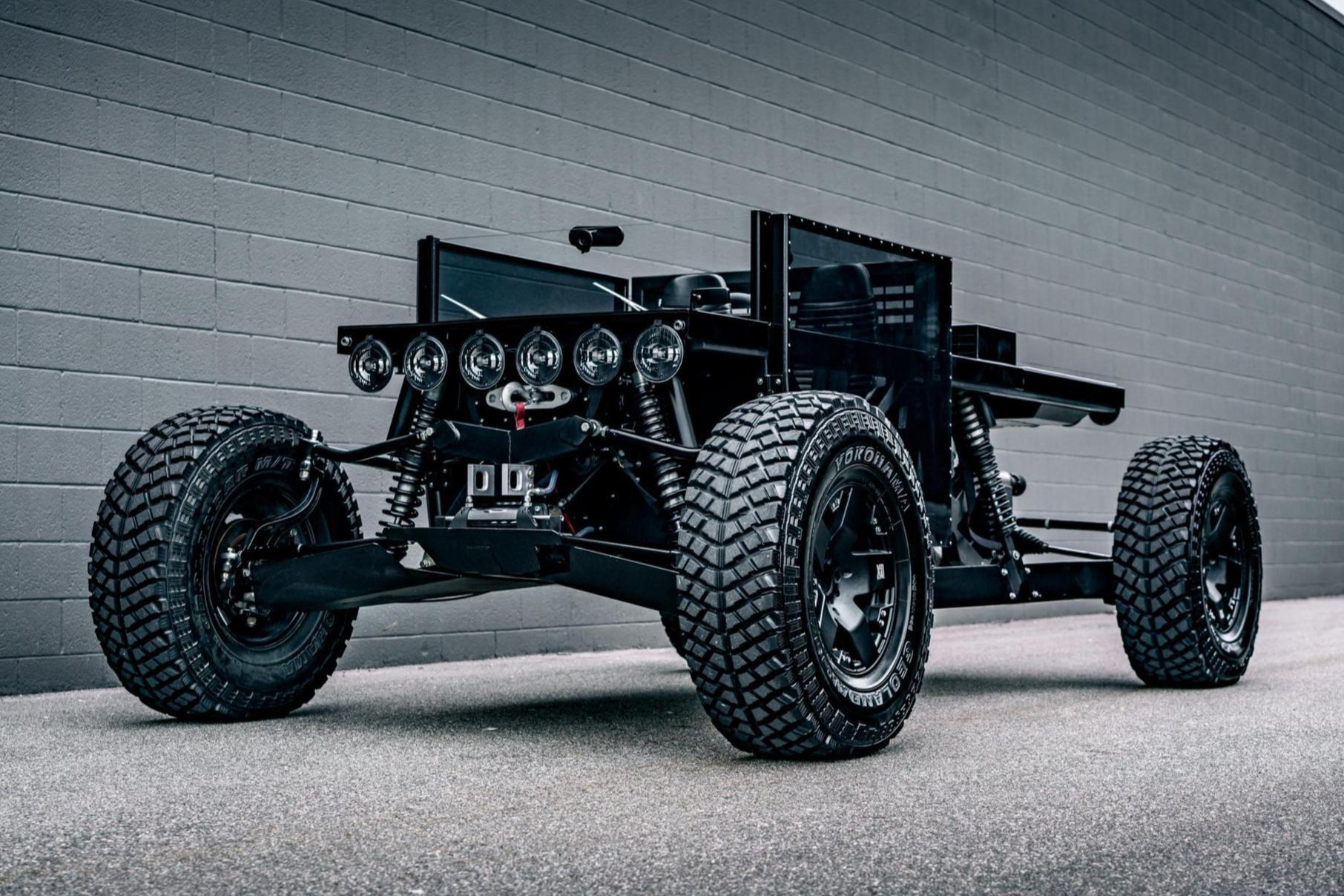The UTV (Utility Task Vehicle) racing events at the off-road races in Northern California and Northern Nevada continue to grow, almost doubling every year. The sales of recreational UTVs appears to be on the rise and the popularity of side-by-side racing is growing along with it.
We continue to see Polaris, Can-Am, Kawasaki, and Yamaha developing new performance UTVs that are easy to acquire and a lot of fun to drive. These new UTVs come stock from the manufacturer with performance suspension components, parts, and now motors with a stock turbo. There are plenty of options perfect for beginners interested in off-road racing. And, with the different classes available at most events, it is a really easy and great way to get introduced into racing.
Before you head to the track with your brand new UTV we recommend you stop and take a minute to make sure you have already answered the following questions.
Are you prepared for your first tech inspection?
Tech inspections can vary widely based upon the type of event you are attending. We recommend new racers start with small dirt track races and work into desert or rock racing as your experience in racing grows. Short track races have fewer vehicle inspection requirements, allowing racers to enter with fewer modifications, while desert races require some significant upgrades just to enter.
All vehicles must pass a tech inspection before going to the staging area of the race. Failure to do so will result in immediate disqualification. There are safety items to address with a stock UTV on any track before it is safe to race side-by-side with a dozen other vehicles that are not so concerned about your safety. Please check with the race promoter for specific requirements for each event you are attending. Here are some common items you will find on almost every tech inspection list on every track.
- Roll Cage: Factory cages will only be allowed if modified or reinforced and tied into rear bumper or frame at two points. Gusseting of the factory cage is highly encouraged. Aftermarket well-built roll cages made for racing are recommended.
- Doors: Lockable side protection doors must be mounted in a way to not be able to pop open during racing. Factory doors with a secondary locking mechanism are approved.
- Helmets: Helmets must be of the type approved by the Snell Memorial Foundation with a Snell or DOT sticker attached.
- Fire Suit: One-piece fire suits are mandatory. Fire suits must meet the requirements of race officials along with gloves and racing shoes or boots.
- Fire Extinguisher: Portable 2.5-pound fire extinguisher readily accessible to the driver. ABC type or equivalent Halon fire extinguisher.
- Ignition: Ignition switch and all electric fuel pumps must be labeled and easily accessible from inside and outside the vehicle.
- Safety Nets: Approved safety nets are mandatory on all vehicles.
- Safety Harness: Four-point for Sportsman Classes and five-point racing harness for everyone else.
- Number Plates: Vehicles must display correct vehicle number in the correct size and color.
- Scoring Transponder: Transponders are often available for purchase or rental at the track with a deposit.
Desert racing requirements will include additional safety items. These racers are often miles from any support team and may even be racing into the night. Desert racing also places UTV racers in proximity to other larger vehicles from different classes running at speeds in excess of 100 mph. This places the UTV racer at greater risk and to protect everyone promoters have strict entry requirements.
- Roll Cage: The stock UTV cage may not be used because no bolt on connections are allowed. All joints must be welded and attached to frame securely. Metal roof panels are required.
- Doors: Doors that latch or open and close are not allowed.
- First Aid: Weatherproof first aid kit must be carried in the vehicle.
- Breakdown Safety Devices: One battery-operated red flashing beacon or one red reflective breakdown triangle device.
- Horns: All vehicles must have a loud sounding siren audible from a distance of 100 feet.
- Survival Supplies: All vehicles must carry at least one day of survival supplies and one-quart of water per occupant or rider.
- Wheels: Each wheel on the vehicle including all spares must have the vehicle’s number on the wheel.
- Fuel Tanks: Safety fuel cells are required for all vehicles.
What classes are available for you to race at the event you are attending?
Classes may vary from event to event so please check your race event rule book to see what classes are available in the races near you. There are up to 11 classes available for just UTVs at some racing events.
Popular UTV Classes
- Pro Unlimited
- Pro Production
- Pro Stock 1000
- Turbo Stock 1000
- Production 1000
- Production 1000 Stock
- Production 900
- Production 700
- Production Open Single Seat
- Production 600
- Women’s
National racing events are typically geared more towards professional race teams and you will see a combination of Pro Classes with a few Sportsman classes. These are the examples of UTV classes as they are broken out in the Best In The Desert UTV rule book. You can see these events are targeted mainly towards Pro Race Teams.
Sportsman UTV class definition:
The Sportsman class is for any UTV team that wants to race, but does not care to race for championship points or prize money. The Sportsman class has a lower entry fee. Any vehicle that is not built to the Pro UTV production class rules, but is classified as a UTV by a UTVRA tech inspector will be allowed race in the Sportsman UTV class.
Pro Production UTV class definition:
The Pro Production UTV class vehicles are built using production UTVs, manufactured by registered companies that issue VIN numbers. Companies must produce a minimum of 1,000 units per year to be accepted. UTVs must have two seats and OEM engines must be used with a maximum engine size of 1,000cc. Must use a hood, grill, front and rear fenders from the UTV.
Pro Turbo Production UTV class definition:
The Pro Turbo Production class vehicles are built using production turbo UTVs manufactured by registered companies that issue VIN numbers. Companies must produce a minimum number of 1,000 units per year. UTVs must have two seats, OEM engines, and all OEM engine parts must be used. All OEM engine electronics must remain stock and no aftermarket engine electronics may be used. Maximum engine size is 1,000cc. Must use a hood, grill, front and rear fenders from the UTV.
Pro Unlimited UTV class definition:
The Pro Unlimited UTV class vehicles are built using a factory UTV frame or a full tube custom frame. A motorcycle, snowmobile, or UTV engine must be used with a maximum engine size 1,000cc and no car engines are allowed. Turbochargers and superchargers are allowed. The vehicle must use a hood and front fenders from a UTV and have two seats. Max wheelbase is 124 inches, which can be achieved by cutting the factory frame or building a custom tube frame. Any type of suspension is allowed. This is an open UTV class, with the exception of wheelbase 124-inch, 80-inch width, and a 32-inch tire. Any UTV is legal to race in the Unlimited class.
What class should you start in with my brand new UTV?
This depends on your experience racing. We would recommend you take an honest look at your UTV and racing experience before trying to jump past a Sportsman class into a Pro class. With a UTV that meets all of the minimum safety requirements but is otherwise stock the Sportsman class is definitely the place for you. If you have upgraded your UTV with all of the parts necessary to compete in the Pro class and you have racing experience then we still recommend winning a couple races in the Sportsman class before competing at the Pro level.
If I want to be competitive in the XP Turbo or Unlimited class what do I need to do to my UTV?
This is not an easy question to answer so we reached out to Paul Hart, Pro UTV Racer and winner of the XP 1,000 Turbo class at the Ultra4 Metal Cloak Stampede, to ask for some advice. Paul is not only a successful racer but also builds competition UTVs at Harts UTV located in Sacramento just minutes away from the Prairie City State Vehicular Recreation Area. Paul spent about an hour with us breaking down the available upgrades and discussing how each build may be different depending on where you might be racing. He believes UTV racers should start looking at UTV upgrades in three key phases.
Safety
Going really fast is never a good idea unless you can do it safely. Let’s assume the racer has already purchased a quality fire suit and helmet, but there are other safety items that still need to be considered.
An upgraded cage is recommended, but should be required. It is likely you will be in a spectacular collision, end over end, flip or roll over incident at some point during the year and the cage quality is the difference between walking away and serious injury.
Stock seats are great, but once you start dropping 15 feet out of the air onto the track you may want to consider saving your lower back and buy upgraded seats.
Along with these extra safety tips, all of the items required to get you through the tech inspection listed above should be included.
Durability And Suspension
Once the UTV is safe for the racer to compete then it is time to take a serious look at where you are going to be racing and what changes are going to be required to make you competitive and remain in the race. Many of the stock suspension components, for example, are great if you want to compete in the Sportsman class on a dirt track, but if you want to race with the pros in the rocks or at high speeds through the desert you are going to need to make some major upgrades.
Areas to look at upgrading are: A-arms and A-arm guards, axles, rear radius rods, tie rods, rear trailing arms and trailing arm guards, shocks and springs, wheels such as bead locks with a maximum size of 15 inches, and tires with eight-ply puncture resistant compounds and a maximum size of 32 inches.
Horsepower And Performance
Once the UTV is safe and built to withstand the harsh conditions racing can provide then we need to know how to make it go faster so we can run in the front of the pack. When we consider racing with the stock UTV it is not a concern because many class requirements limit the vehicle to OEM parts and OEM electronics.
Now, if we are talking about an unlimited class then we have some options. The unlimited classes allow racers to use custom built big bore engine, turbo, or superchargers; upgraded intercoolers and radiators; high-performance air intakes; tuned ECUs (Electronic Control Units); and clutch tuning.
Where can you find help in prepping your UTV for races if you don’t want to do all the upgrades yourself?
We all like to wrench on our UTV and need to be able to make repairs on our own, but we soon learn that it is only with the help of race veterans and professionals that we are going to be able to take our racing experience to the next level. We can find dealers who can replace stock damaged parts in every city on the map, but when we start adding high-performance custom racing parts to your UTV, your neighborhood dealer will stop returning your calls.
Warranties will no longer apply to the remaining stock parts and the availability of aftermarket replacement parts is often a challenge. Before you take the jump to high-performance parts required to start racing in the unlimited class you are going to need to make sure you have access to a seasoned professional you can trust.
There are several ways to find people to help you. Speak to vendors at the racetrack during big events about the changes you are going to make and see if you connect with someone who is willing to give you advice based upon their years of experience racing.
Use the internet to find a reputable shop in your area where you can visit, check out the showroom, and speak to someone who can plan out the changes you want to make to your UTV. We recommend you follow the strategy of Paul Hart from Harts UTV and focus on your personal safety, then durability, and finally suspension upgrades before going for horsepower and speed.
 There is a UTV racing class for everyone and we are seeing a huge increase in the number of competitors in UTV races on dirt tracks across California. The Sportsman classes are full of new racers competing to have their chance to stand on top of the podium.
There is a UTV racing class for everyone and we are seeing a huge increase in the number of competitors in UTV races on dirt tracks across California. The Sportsman classes are full of new racers competing to have their chance to stand on top of the podium.
Hopefully, we helped explain what is required to sail past the tech inspection, select the appropriate class, and even offered a few tips to build out your UTV to be successful in your chosen class.
We hope to see you and your friends out in the dirt racing soon. Please feel free to add comments about local UTV tracks and events in your area in the comments section below. We also know readers would love to hear about Performance UTV shops that you would recommend for our other readers in your area.
































